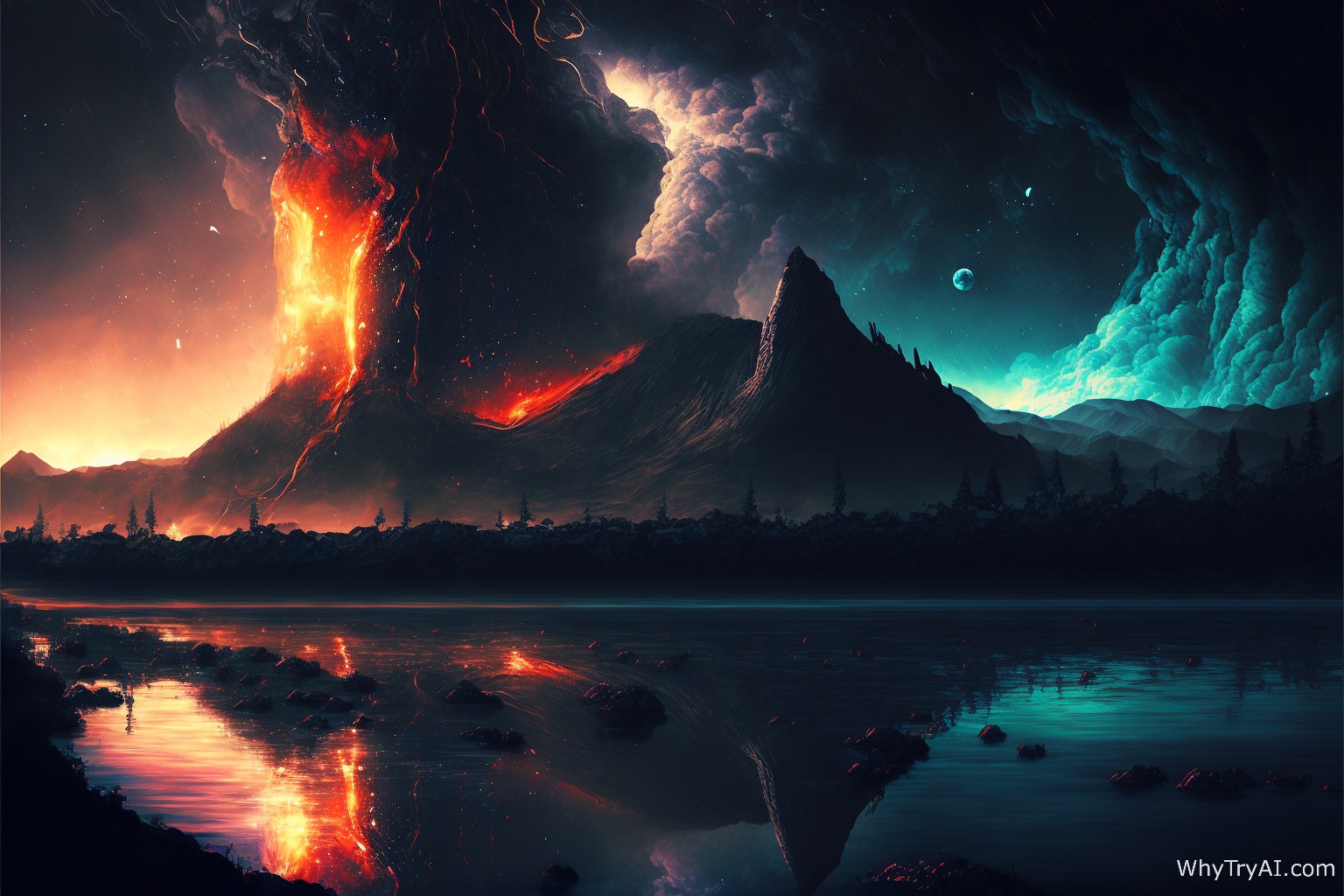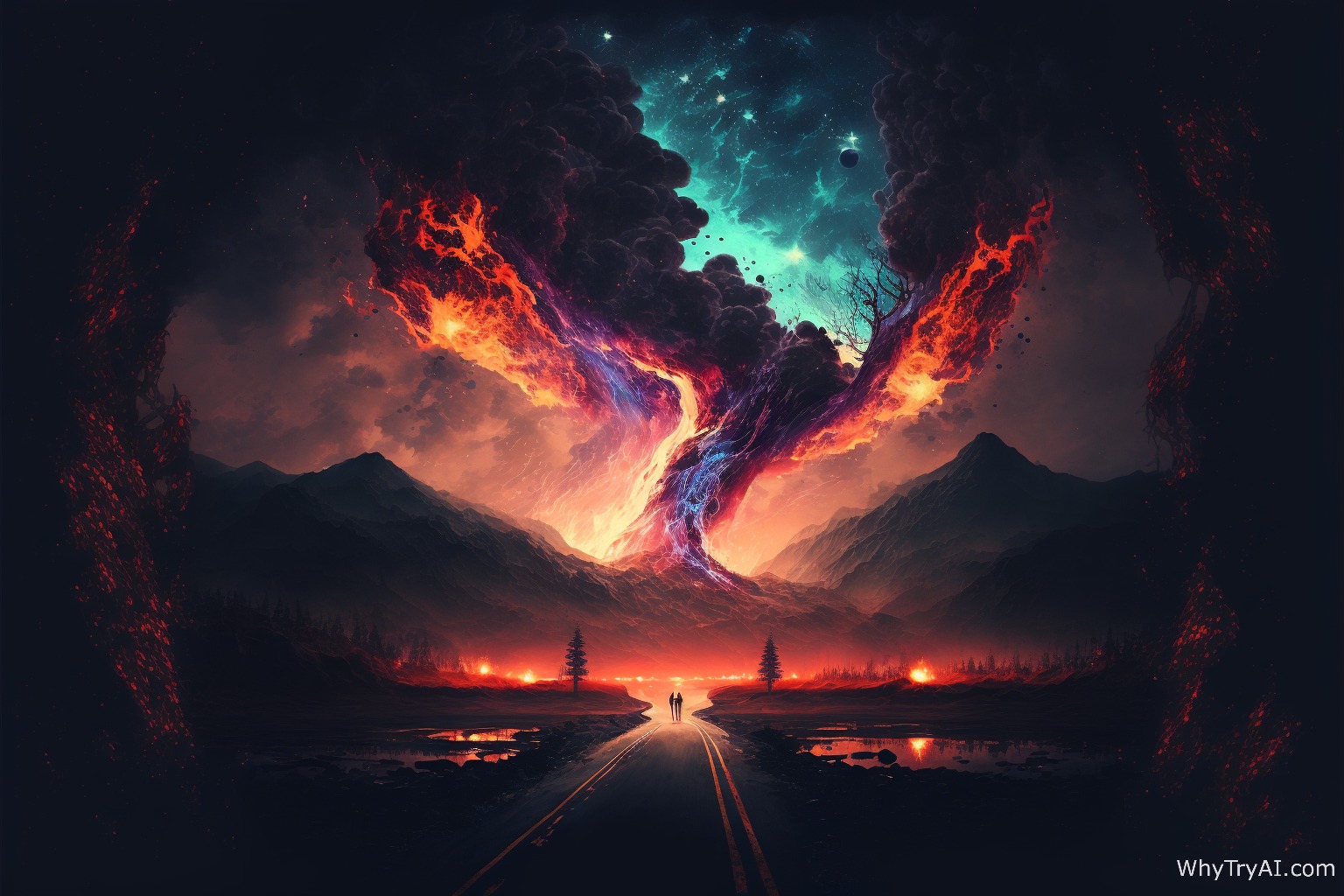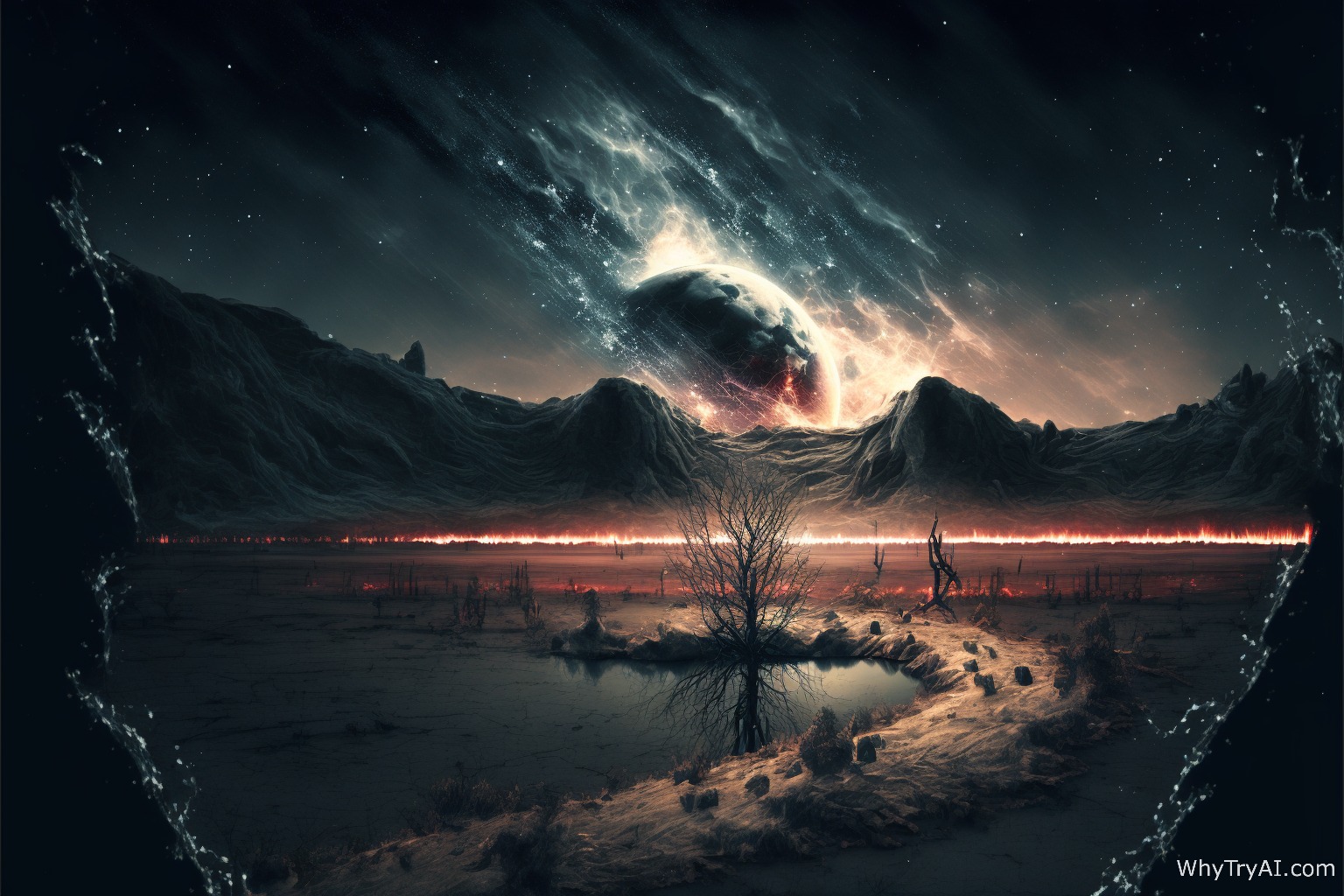Simulate the image of a volcano erupting, creating black smoke dwarfs that pollute the environment
In the simulation, the volcano would first begin to show signs of activity, such as earthquakes, ground deformation, and gas emissions. As pressure builds up beneath the surface, the volcano may begin to spew ash, rock fragments, and lava into the air.



The lava flow and explosive eruption may produce black smoke plumes, which can rise high into the atmosphere and travel long distances, potentially impacting air quality and causing health concerns for nearby communities. The smoke can also have other environmental impacts, such as blocking sunlight and causing regional climate changes.
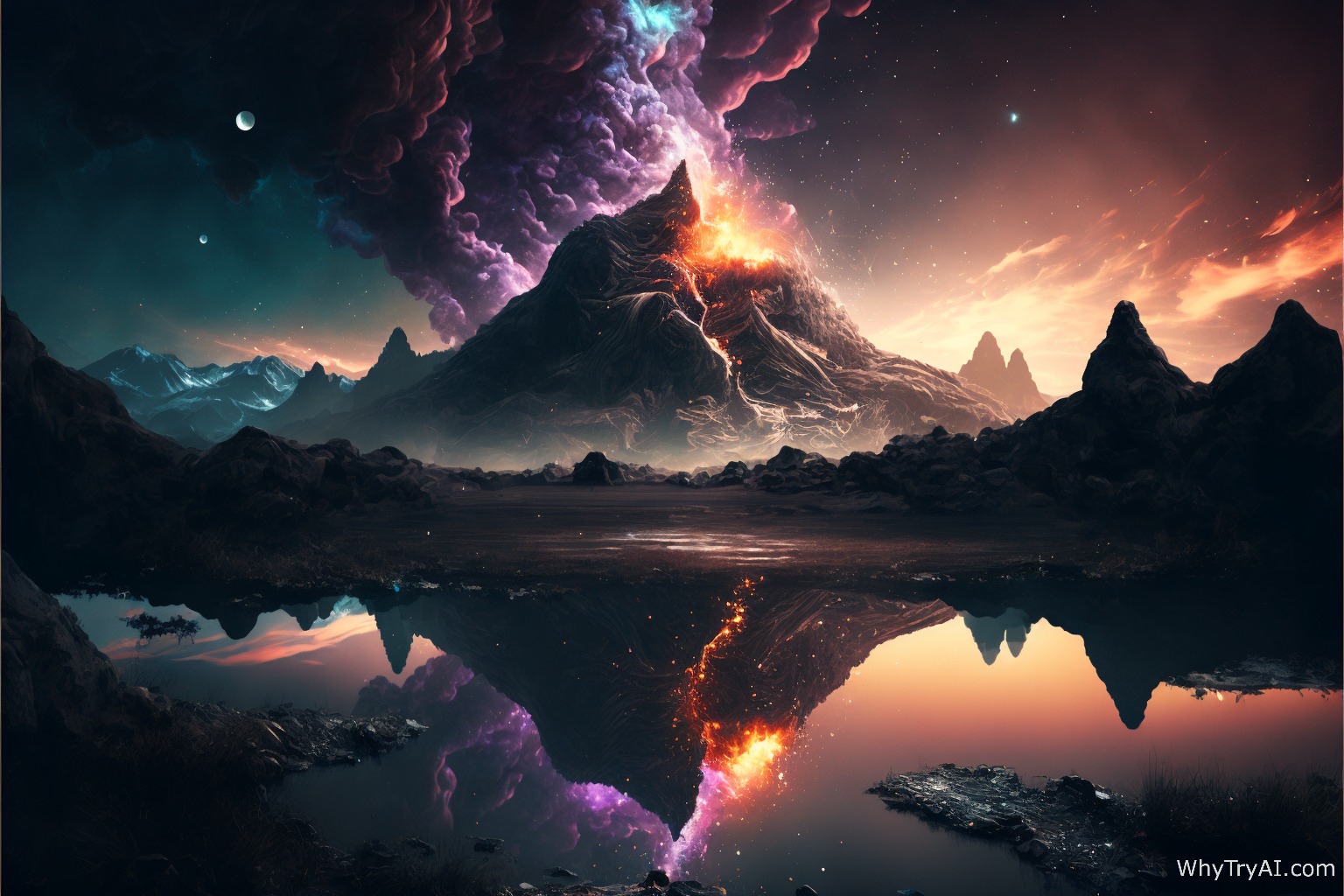
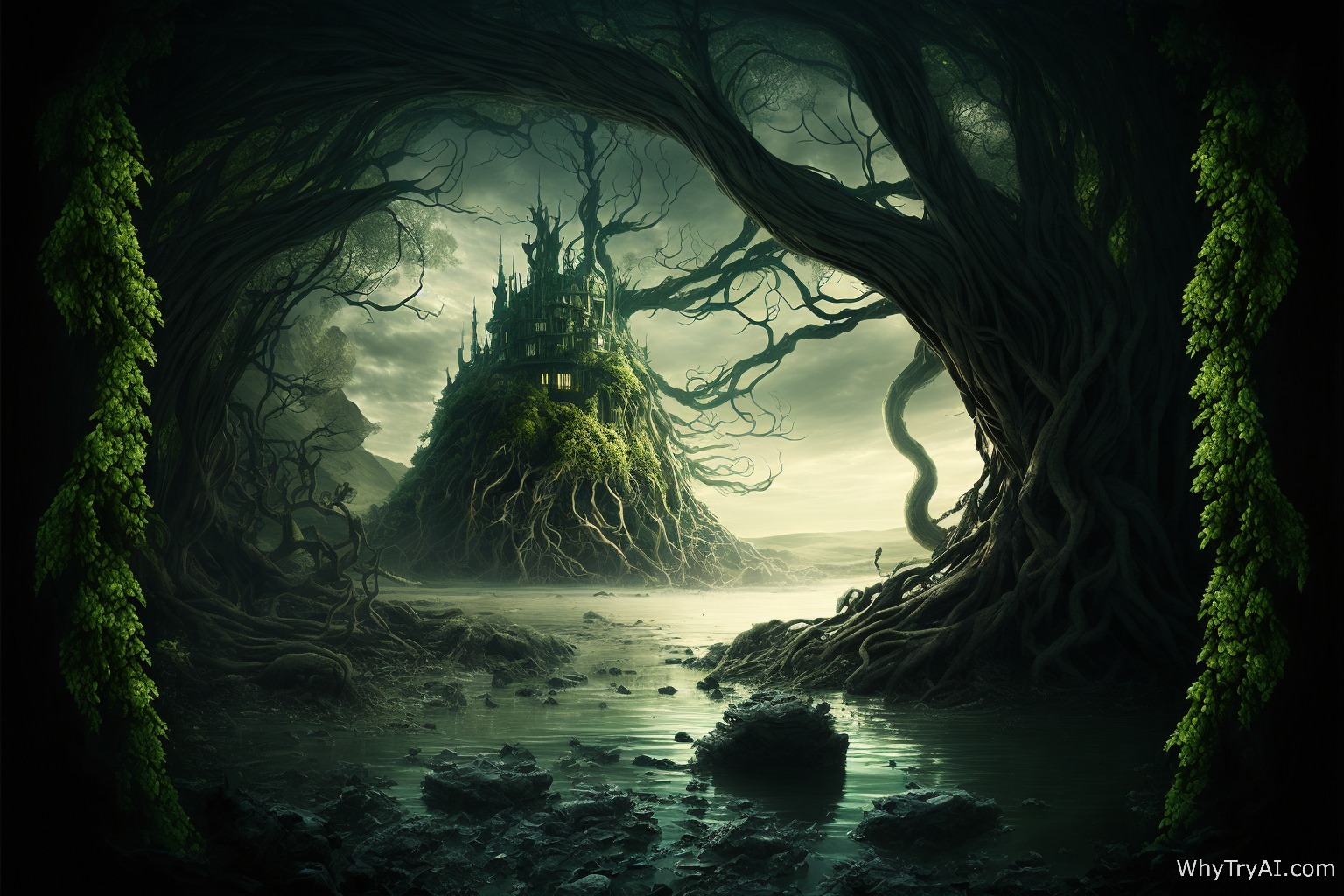
It’s important to note that such a simulation can help us better understand the behavior of volcanoes and their potential impacts on the environment and surrounding communities. However, real-world volcanic eruptions are complex and dynamic events that can be difficult to predict or fully simulate.


Overall, the simulation of a volcano erupting and producing black smoke plumes can be a valuable tool for scientists, emergency responders, and policymakers to better understand and prepare for potential volcanic activity and its impacts on the environment and public health.
Hits: 0
